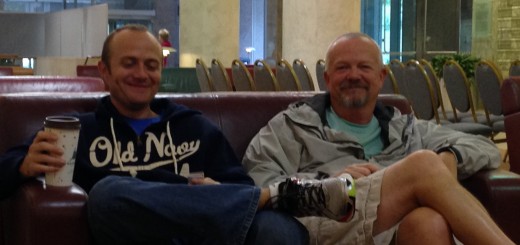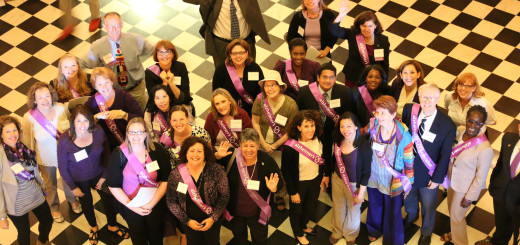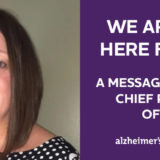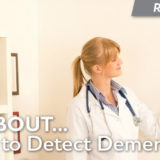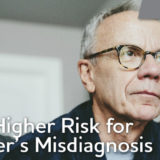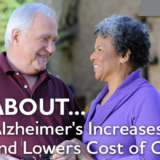2011 Facts and Figures Report: What it says about research; what it doesn’t say about caregiving
Last week we released our annual Facts and Figures report in which we see page after page of remarkable, alarming, depressing, motivating statistics. The information that has impressed me most over the past few years is the decline in deaths from cancer, heart disease, stroke, and HIV juxtaposed to the 66 percent increase in deaths from Alzheimer’s. It’s an alarming trend because, of course, if these other conditions don’t get us, more of us will live successfully into the at risk age group. But the key message I hope people – and particularly Federal policymakers – take away from this is that the large investment in cancer (currently $6 billion), heart disease ($4 billion) and HIV ($3 billion) has paid off!
It’s important to keep in mind we’ve been trying to beat cancer and heart disease for over 60 years. While no one would say we’ve won this battle, we all know someone who has survived one of these issues. Investing in research is working. Alzheimer’s research, on the other hand, is relatively new by comparison and funding is currently at its pathetic peak of $460 million; and we all know there are currently no survivors. Last year the National Institute on Aging funded six percent of the proposals that came to them. That means 94 percent heard, “no.”
The other important part of this year’s Facts and Figures is the caregiver data. Eighty percent of care at home is provided by unpaid family caregivers, 60 percent of them women. Family caregivers are saving the public money by doing what families generally want to do – take care of their loved ones.
The missing story – and this is not a criticism – is the personal tragedy. I recall years ago hearing someone reflect that the Holocaust was too much for people’s minds to absorb, but the story of Anne Frank brought the calamity home. For every one of these numbers, there is a family with a story. My experience is that no matter how strong the family, no matter the abundance or lack of resources, the loss is real and profound and very personal.
In many ways it’s a response to that experience that is responsible for the nationwide network of chapters of the Alzheimer’s Association. Our founders struggled through this journey and came out the other side declaring that it just didn’t have to be so tough for those who followed.
Other statistic listed in this year’s report include:
- 5.2 million – 1 in 8 older Americans – have Alzheimer’s disease
- Forty-three percent of the population over 85 have the disease
- 200,000 Americans under age 60 are afflicted
- Half – 50 percent – of people who have dementia never receive a diagnosis.
- African Americans and Hispanics are at significantly more risk than whites
- Almost two-thirds of Americans living with Alzheimer’s are women
- Alzheimer’s is the sixth leading cause of death across all ages and the fifth leading cause for those aged 65 and older.
- Among the top six causes of death, Alzheimer’s is the only one without a serious treatment option.
- People with Alzheimer’s cost Medicare and Medicaid $130 billion last year
- They have three times as many hospital stays as other older people.
To read the report in its entirety, visit www.alz.org/facts.





